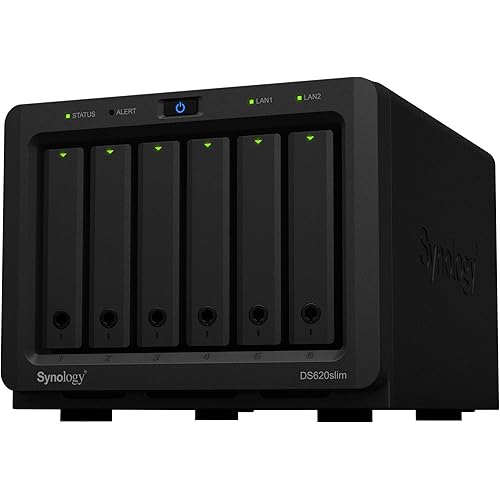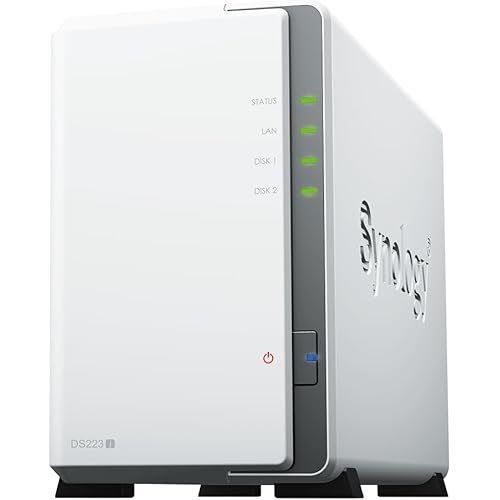









Notify me when this product is back in stock
Buy Now, Pay Later
- – Up to 36-month term if approved
- – No impact on credit
- – Instant approval decision
- – Secure and straightforward checkout
Payment plans are offered through our trusted finance partners Klarna, Affirm, Afterpay, Apple Pay, and PayTomorrow. No-credit-needed leasing options through Acima may also be available at checkout.
Learn more about financing & leasing here.
Selected Option
This item is eligible for return within 30 days of receipt
To qualify for a full refund, items must be returned in their original, unused condition. If an item is returned in a used, damaged, or materially different state, you may be granted a partial refund.
To initiate a return, please visit our Returns Center.
View our full returns policy here.
Style: 4-bay; 4GB DDR4
Size: DS923+
Features
- Leverage built-in file and photo management, data protection, virtualization, and surveillance solutions
- Two 1GbE ports for simple integration into existing environments with optional 10GbE connectivity to tackle more specialized, bandwidth-heavy applications
- Add 5 extra drive bays with one DX517 expansion unit for a maximum of 9 storage drives
- 3-year warranty
- Check Synology knowledge center or YouTube channel for help on product setup and additional information
Description
The Synology DS923+ is a capable 4-bay NAS solution that can be adjusted and expanded as your needs change, with optional support for up to nine drives, faster networking, and NVMe SSDs for caching or additional storage pools. Powered by Synology DiskStation Manager (DSM), it offers a flexible all-in-one solution for data sharing, synchronization, backup, and surveillance.
Brand: Synology
Color: Black
Product Dimensions: 6.54"D x 7.83"W x 8.78"H
Size: DS923+
Material: Plastic Metal
Brand: Synology
Series: DS923+
Item model number: DS923+
Item Weight: 4.94 pounds
Product Dimensions: 6.54 x 7.83 x 8.78 inches
Item Dimensions LxWxH: 6.54 x 7.83 x 8.78 inches
Color: Black
Voltage: 100240 Volts
Batteries: 1 AAAA batteries required.
Department: Computers & Accessories
Manufacturer: Synology
Is Discontinued By Manufacturer: No
Date First Available: November 16, 2022
Frequently asked questions
To initiate a return, please visit our Returns Center.
View our full returns policy here.
- Klarna Financing
- Affirm Pay in 4
- Affirm Financing
- Afterpay Financing
- PayTomorrow Financing
- Financing through Apple Pay
Learn more about financing & leasing here.


















